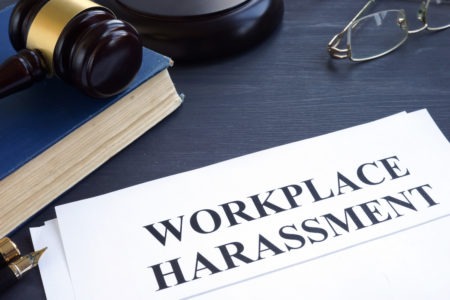In 2020, workplace culture matters more than ever. Organizations that can demonstrate a commitment to building a diverse and inclusive workplace have a competitive advantage in attracting top talent and strengthening relationships with customers, partners and vendors. As part of a comprehensive strategy, choosing the right compliance training program, one that focuses on behaviors, rather than laws, can be a cornerstone in improving workplace culture and recruiting and retention.
When choosing discrimination and harassment training for your organization, consider these four questions:
1. Is it relevant to your workplace and industry?
Training that is tailored to your organization and workforce adds authenticity and relevance, which can keep employees engaged in learning, instead of checking their phones. Industry-specific video scenarios, images, examples and terminology, along with a message from your CEO demonstrates that your organization is serious about preventing discrimination and harassment. And in the #MeToo era, compliance training should focus on behaviors and the consequences of actions and inactions.
2. Does it clearly explain discrimination and harassment?
Prevention begins with awareness. Employees and managers need to know how to recognize the different types of harassment, which can be much more nuanced than touching and grabbing. There are many forms of discrimination and the list is growing. Besides federal protections against discrimination — based on religion, race, color, age, sex, pregnancy, disability, etc — there are state and municipal laws that provide additional protections.
3. Does it teach bystander intervention?
Bystander intervention training is one of the most effective ways to stop inappropriate workplace behavior before it rises to the level of illegal harassment and discrimination. Teaching employees techniques to safely disrupt potentially harmful situations is a way for individuals to show support for targets of misconduct, and be proactive in helping to prevent future incidents.
4. Does it meet or exceed the evolving state training requirements?
Currently, New York, New York City, California, Illinois, Connecticut, Maine and Delaware require employers to provide sexual harassment prevention training to their employees and managers. As more states and municipalities enact sexual harassment prevention laws, organizations need to feel confident that their training is up to date on evolving requirements and guidelines.
Senior leadership that actively supports a modern, interactive compliance training program focusing on raising awareness and changing behaviors can empower employees. Your team will gain the knowledge and skills to recognize, report, prevent discrimination and harassment, and help foster a culture of respect and inclusion.
Andrew Rawson is the Chief Learning Officer and Co-founder at Traliant. He has more than 25 years of experience in strategy, operations, and marketing. Prior to founding Traliant, Andrew served as the Global Head of Compliance Learning (eLearning) at Thomson Reuters, an information, technology, and services company with more than 60,000 employees. He has held senior management positions in the manufacturing, commercial construction, and software industries.
In addition to being a seasoned professional with a background of diverse organizational experiences, Andrew is a classic lifelong learner. His love of learning inspires him to deliver the most engaging and effective courses possible to the learners that Traliant serves.





